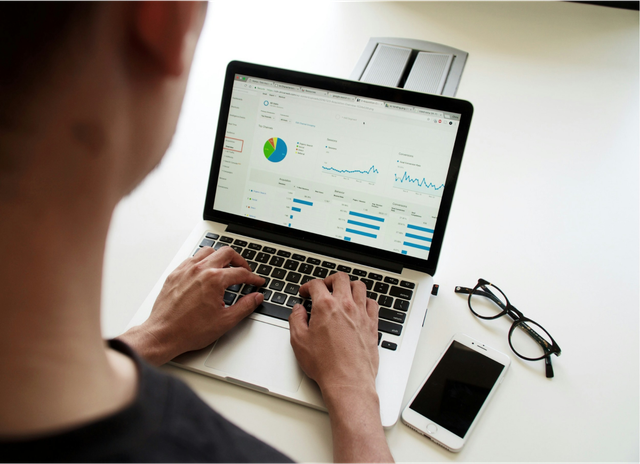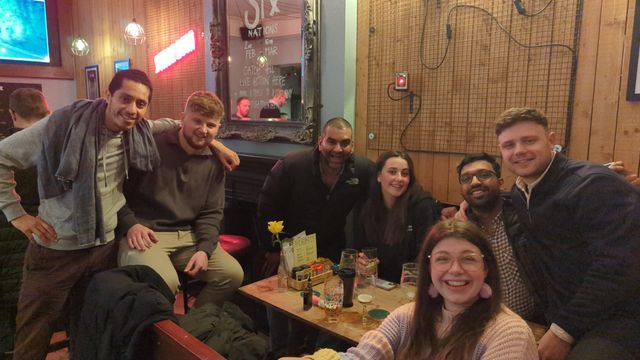A business’s culture can either be its greatest strength or biggest obstacle. However, the tools traditionally used to measure culture—struggle to capture its full complexity and impact. To remain competitive in today’s business environment, organisations need a fresh approach: culture analytics
At Culture15, we recognise culture as collective behaviours. These behaviours reflect how employees interact, make decisions, and drive business outcomes. Measuring culture effectively means going beyond static, subjective tools like surveys and focus groups. Instead, organisations must embrace continuous, data-driven culture analytics that quantify culture with the same rigour as any other business KPI.
The Shortcomings of Traditional Culture Measurement
Conventional approaches to understanding culture rely heavily on employee self-reports—tools prone to bias and inconsistency. What people say they value and believe often doesn’t align with their actual behaviours. Furthermore, traditional tools often categorise cultures into broad, one-size-fits-all archetypes, ignoring the unique and dynamic nature of every organisation.
In contrast, culture analytics takes a more nuanced, continuous, and objective approach. By focusing on measurable behaviours, organisations can gain deeper insights into their cultural dynamics.
From Narrative to Metric
Culture exists primarily in the shared experiences and behaviours within a business—the narratives employees live every day. At Culture15, we believe in turning these narratives into actionable insights. By collecting qualitative feedback from employees, either in speech or written text, and transforming it into metrics on our culture analytics dashboard, we help organisations measure and monitor culture with precision.
This approach provides clarity and eliminates the guesswork inherent in traditional methods. Instead of relying on subjective engagement surveys or time-consuming focus groups, culture analytics leverages qualitative data, taken directly from employee's mouths, to reveal patterns in collective behaviour.
Traditional culture measurement methods and focus groups would take employees and leadership teams months to uncover these behavioural patterns, but our AI driven platform can identify these behavioural patterns in seconds, along with added insight into sentiment, trust and engagement. These metrics provide actionable insights that leaders can use to shape culture in alignment with business goals and strategy.
Culture as a Business KPI
Organisations routinely measure revenue, customer satisfaction, and operational efficiency. Culture deserves the same level of attention.
With a rigorous framework for measuring collective behaviours, businesses diagnose their current culture, define their target culture and work to close this 'Culture gap' using Culture15.
By adopting culture analytics, organisations gain the tools to continuously measure, monitor, and manage their culture—creating a competitive advantage that drives sustainable success.
Culture15 is your complete toolkit for tracking culture change. CEOs and Exec Teams at world-leading organisations use Culture15 analytics to ensure success by aligning their culture with their strategy.
If you’d like to learn how to define the culture you need, diagnose the culture you have and close the gap, talk to our team



